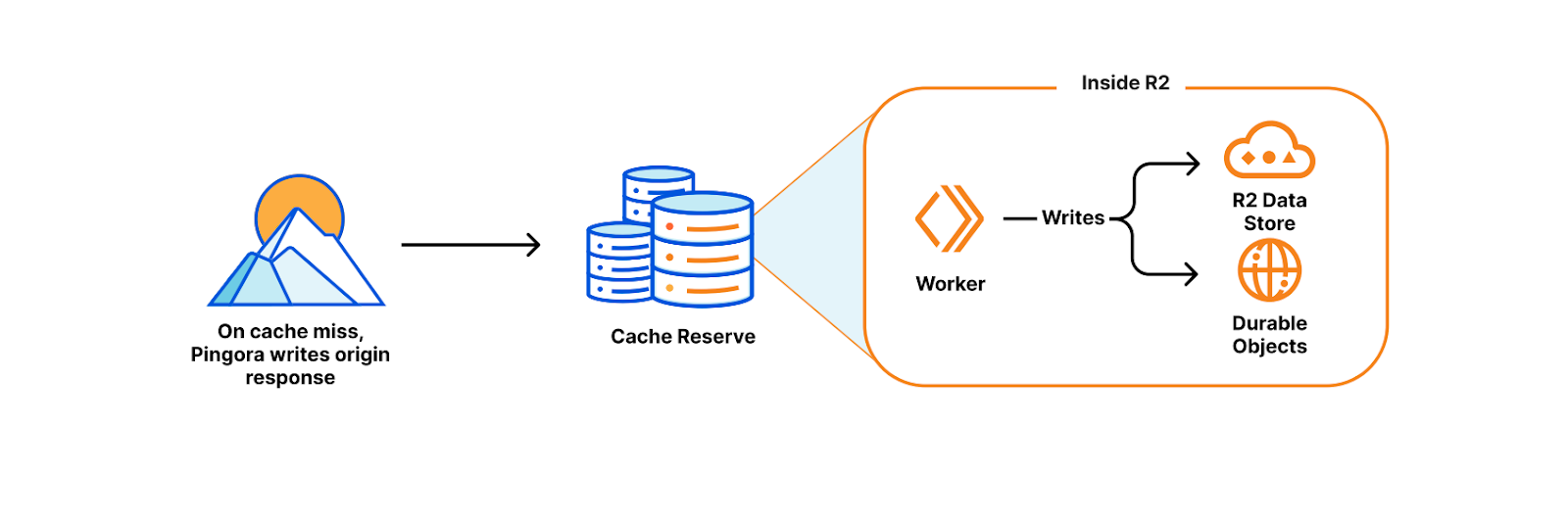Recently, Cloudflare announced the open beta of Cache Reserve, which provides a way to serve all static content from Cloudflare’s global cache persistently. It is a large, persistent data store implemented on top of R2.
After the closed beta, the company moved the capability to open beta, allowing users to test it and integrate it into their content delivery strategy without additional waiting. Users can, in the Caching tile in the dashboard, navigate to the Cache Reserve page and push the enable data sync button (or purchase button).
Cache Reserve serves as the ultimate upper-tier data center for content that might otherwise be evicted from cache. Once admitted to Cache Reserve, content can be stored for much longer (30 days by default). If another request comes in during that period, it can be extended for another 30 days (and so on) or until cache-control signifies that we should no longer serve that content from cache.
The capability is designed to be used with tiered cache enabled for maximum origin shielding. Alex Krivit, product manager at Cloudflare, explains in a blog post:
When there is a cache miss in both the lower and upper tiers, Cache Reserve is checked, and if there is a hit, the response will be cached in both the lower and upper tier on its way back to the visitor without the origin needing to see the request or serve any additional data.
However, Ben Gabler, CEO & founder of rocketdotnet, tweeted:
Cache reserve is only beneficial for static content that gets evicted at the edge. CDNs evict assets regardless of TTL if they go "cold" so cache reserve doesn’t evict because you pay for the storage. Dynamic requests would still hit the origin.
Cache Reserve stores data on R2 using its S3-compatible API, and under the hood, R2 handles all the complexity of an object storage system using Cloudflare Workers and Durable Objects in conjunction with Cloudflare’s L7 proxy Pingora.

Source: https://blog.cloudflare.com/cache-reserve-open-beta/
Aly Cabral, VP of product management – Workers, told InfoQ:
Something we're hearing a lot these days is that companies are trying to cut down on cloud spend. Cache Reserve helps our CDN customers reduce egress fees from cloud storage providers while also improving their cache hit ratios. It's a win/win.
The company plans to add additional analytics and metrics for Cache Reserve users and more complex integrations with R2. Yet founder & chief web engineer at AcnamHQ, Saumya Majumder, tweeted he hopes to see:
1. A more detailed doc with more examples & explanations
2. Cache reserve without content-length requirement or auto-adding it
3. Improving the doc of Zaraz many folds
4. Maybe official NuxtJS support on Pages
5. Analytics, label support for Images
6. Lable support for Stream
Lastly, more information on Cache Reserve prices and operations is available in the online documentation.
